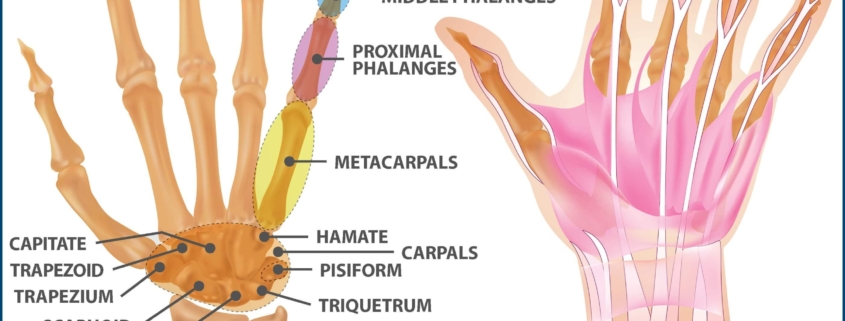
Hand Arthritis
Overview
Arthritis is a widely common health issue affecting millions worldwide. One particular type – hand arthritis – specifically affects the joints in your fingers and thumbs, causing pain and sometimes limiting movement. Understanding hand arthritis, its types, causes, and treatments can significantly help manage the condition and improve quality of life.
Types
Hand arthritis can present in multiple forms, including:
-
- Osteoarthritis: The most common type characterized by the wear-and-tear of cartilage in the joint over time.
-
- Rheumatoid Arthritis: An autoimmune disease where your immune system erroneously attacks your own body’s tissues, causing inflammation in your hand joints.
-
- Psoriatic Arthritis: Associated with the skin condition, psoriasis, this type also results in inflammation of the joints in the hand.
Causes
The cause of hand arthritis varies by type. However, common risk factors include aging, prior injury to the hand, hereditary factors, obesity, and autoimmune diseases.
Symptoms
Hand arthritis can manifest a wide range of symptoms:
-
- Pain in some or all of the joints, including the knuckles and thumb
-
- Swelling or warmth in the joints
-
- Stiffness and reduced range of motion
-
- In more severe cases, visible deformities of the joints may occur
Diagnosis
Typically, a physical examination is the primary step in diagnosing hand arthritis. This may include range of motion tests, grip strength comparisons, and joint fluid analysis. Imaging tests such as X-rays, MRIs, and ultrasounds may be used for a more detailed study of the joint’s condition.
Treatment Options
There’s no notable cure for hand arthritis, but a range of treatments can alleviate symptoms and improve function:
-
- Medications: Over-the-counter pain relievers, topical creams, and in more severe cases, cortisone injections can help manage pain.
-
- Therapy: Occupational therapy may be recommended to teach techniques for protecting joints and maintaining hand function.
-
- Surgery: If conservative treatments fail, joint replacement or fusion might be necessary. These surgeries can relieve pain and restore function to the hands.
Living With Hand Arthritis
Living with hand arthritis requires a proactive approach:
-
- Regular exercise: Keeping your hand joints flexible can help maintain their function. Consult with your doctor or therapist about suitable exercises.
-
- Apply heat and cold: Heat can loosen up a stiff joint, while cold packs can reduce inflammation.
-
- Supportive devices: Wearing wrist splints or using adaptive tools can minimize stress on your hand and make daily tasks easier.
When to Seek Help
While hand arthritis can usually be managed, it’s essential to seek medical attention if:
-
- Your pain becomes intolerable or severely impacts your ability to perform daily tasks.
-
- You experience sudden or excessive swelling or deformity of the joint.
-
- You have a fever or other signs of infection, which could indicate more serious conditions such as septic arthritis.
Understanding hand arthritis and implementing necessary lifestyle changes can help you lead an active life in spite of this condition. While challenges may arise, remember that you’re not alone in this journey, and professional help is always at hand.
